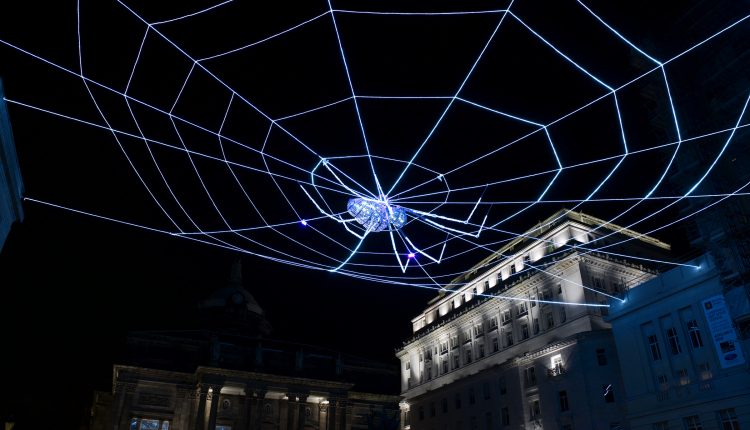Liverpool BID Company has commissioned Liverpool Biennial to develop and deliver a five-year art strategy for the public spaces in and around Castle Street, Old Hall Street and St Paul’s Square

Plans have been unveiled for an ‘urban trail’ of sculptures and art installations in Liverpool’s central business district .
Liverpool BID Company has commissioned Liverpool Biennial to develop and deliver a five-year art strategy for the public spaces in the Commercial District BID area, which is in and around Castle Street, Old Hall Street and St Paul’s Square.
Commissioning international public art is all part of the BID’s aim to animate the district, to increase footfall, particularly during quieter periods at evenings and weekends.
Covering a space of 85 acres, the plan is to create an urban trail of public commissions throughout the district, incorporating sculptures and installations, urban furniture (functional artworks intended for public use) and light and sound pieces.
Eleven potential sites have been identified by Liverpool Biennial – the largest festival of contemporary visual art in the UK – from civic squares and streets to car parks on derelict plots and squares hidden from view.
All the artworks – the first of which is expected to launch this spring – will respond to the site’s history and values, taking into account that a large part of the Commercial District BID area lies within the Liverpool Maritime Mercantile City UNESCO World Heritage Site.
Bill Addy, chief executive of the Liverpool BID Company, said: “Following a robust public consultation with our BID levy payers, residents, businesses and visitors to the Commercial District BID area, it became apparent to us that there is a real need for public art to add something positive to the area.
Sally Tallant, director of Liverpool Biennial, added: “Liverpool Biennial’s year-round commissioning programme, which includes Sir Peter Blake’s Everybody Razzle Dazzle commission for the Mersey Ferry and Betty Woodman’s Liverpool Fountain on the Waterfront, aims to make art part of the fabric of the city.”

